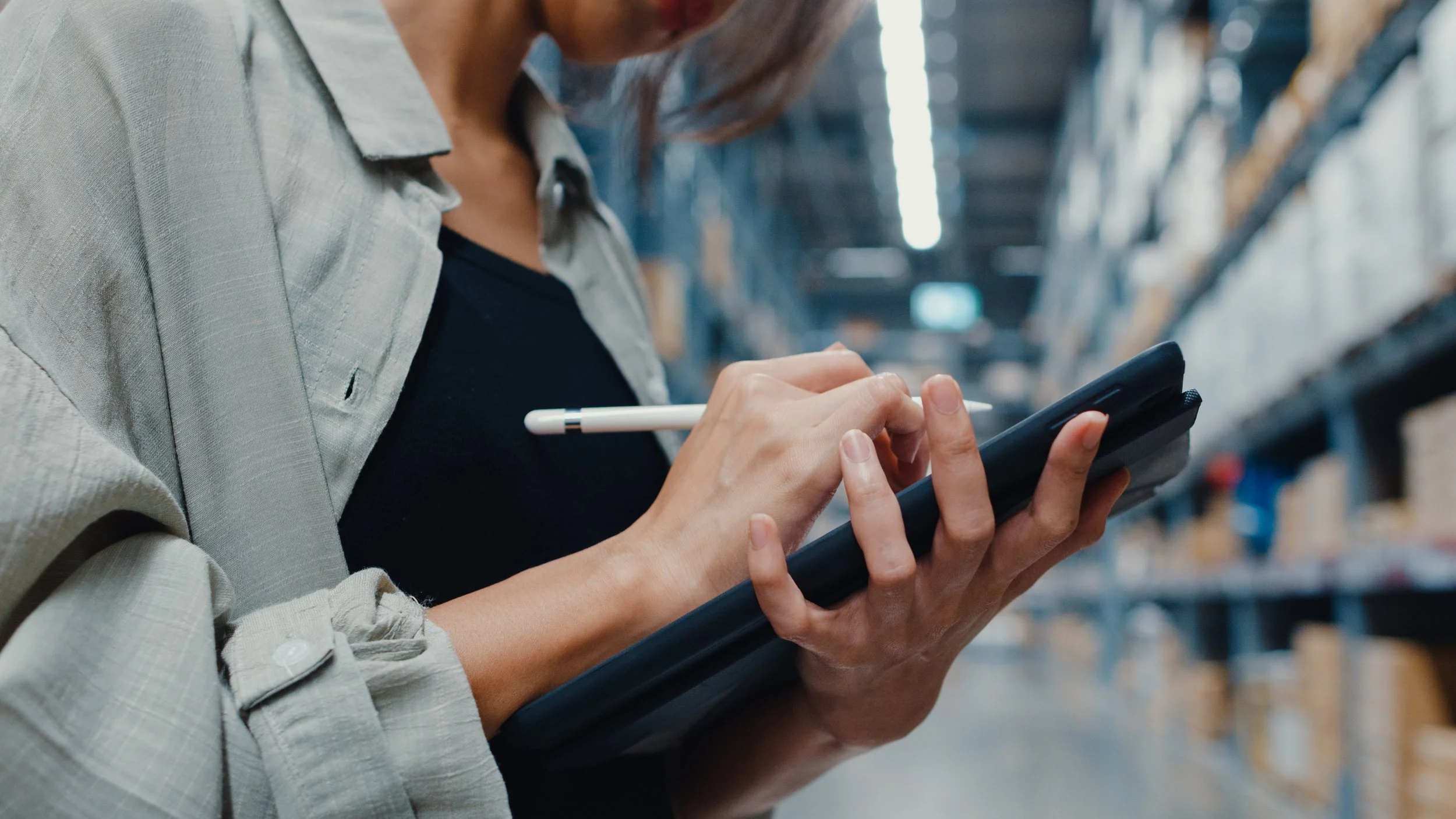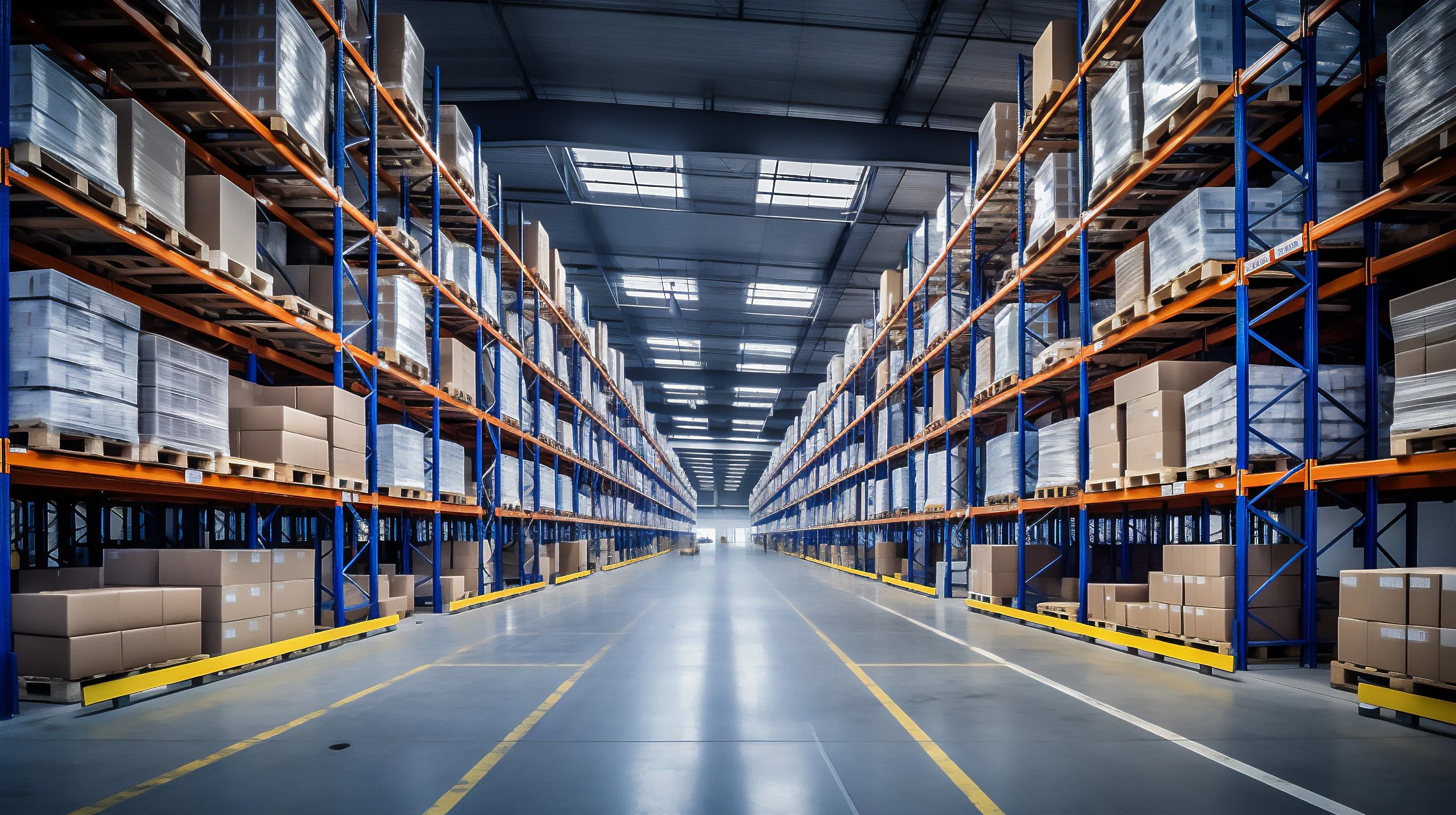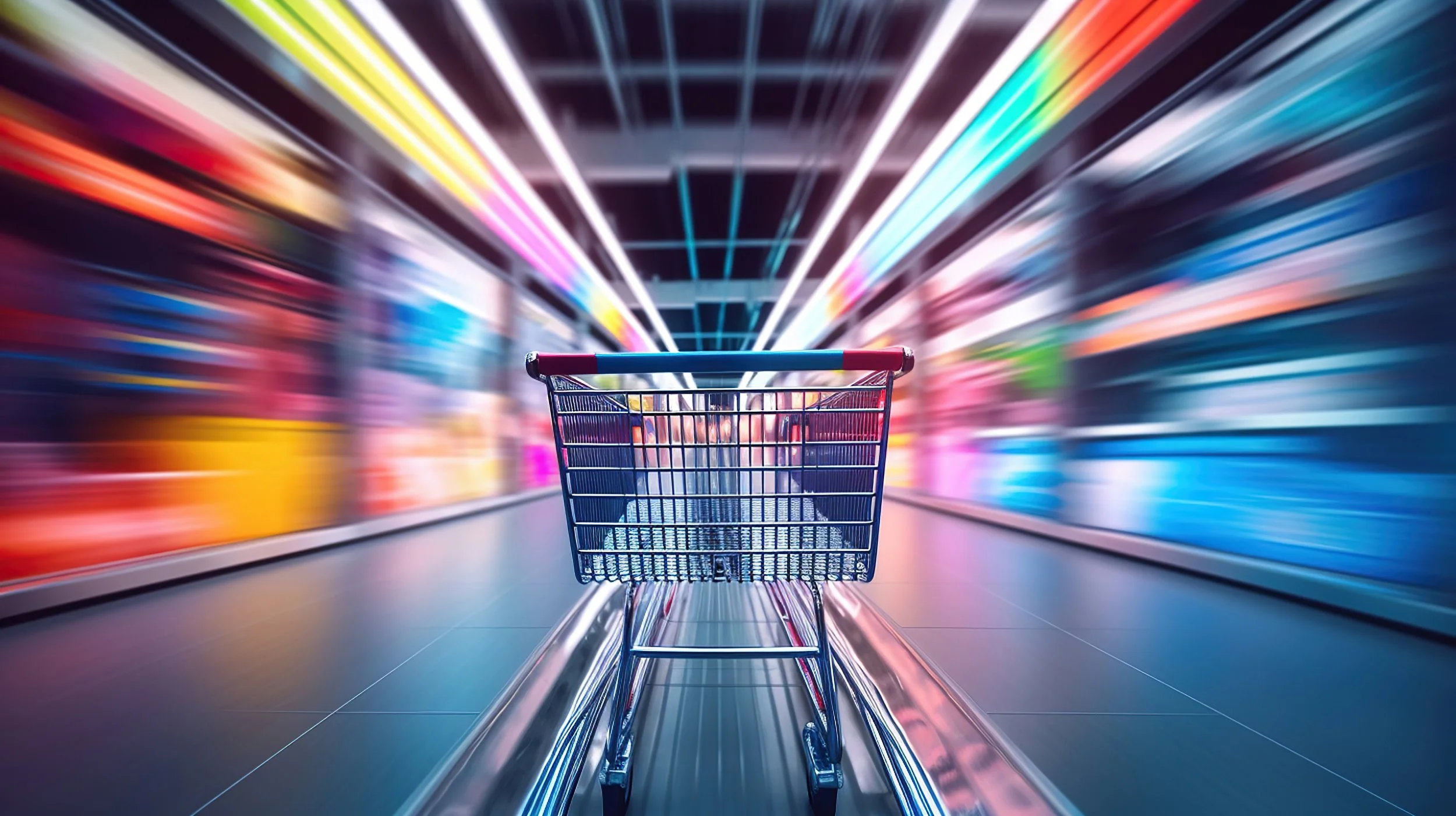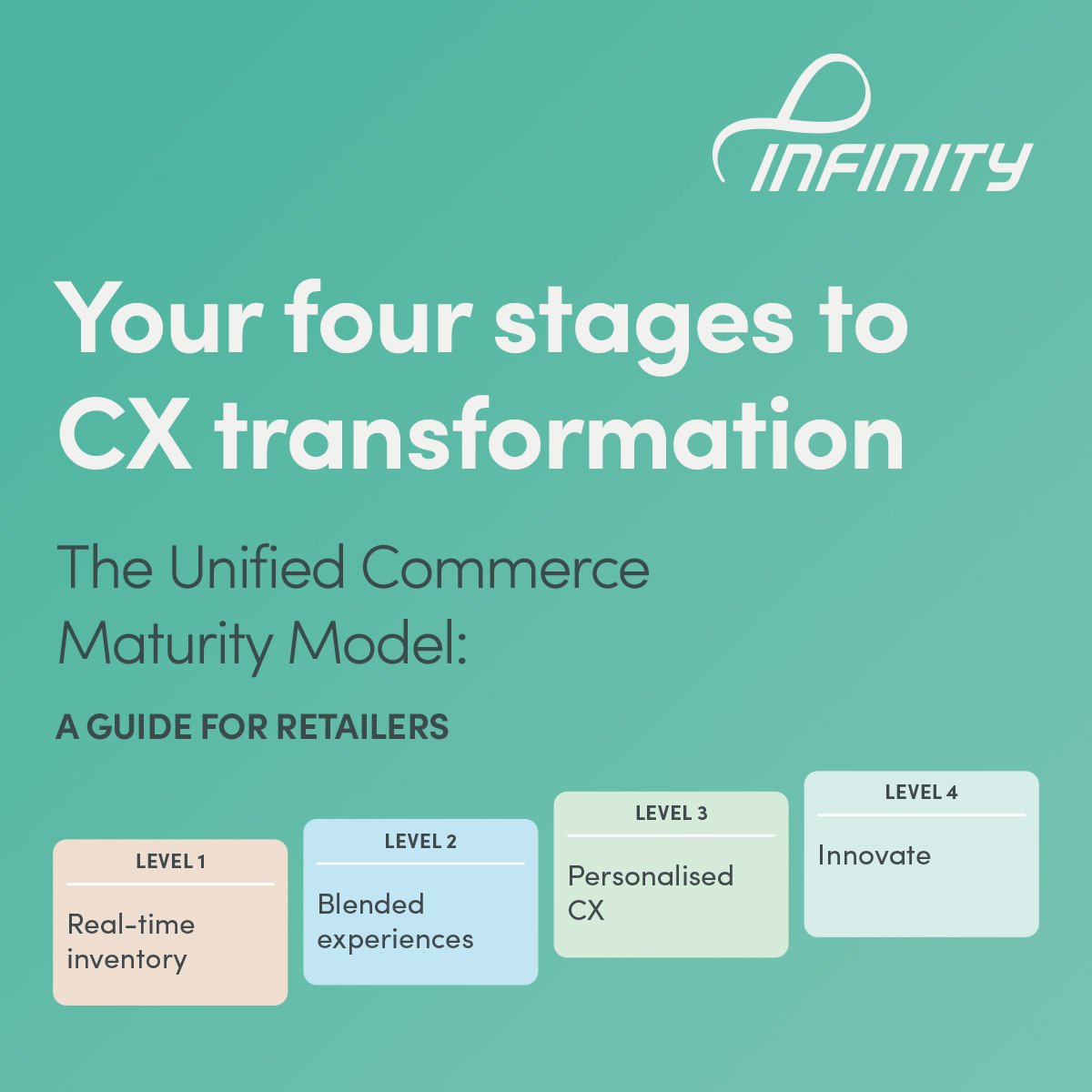Do you have a plan for technologies to invest in this year? And do you know where to focus your IT budget for maximum ROI?
In our recent blogs, we asked if retailers were spending enough on their IT and, if not, how to make the case for increasing spend.
If you’ve successfully navigated these stages to secure new budget and are now wondering where to start, here we look at retailers’ top spending goals for 2024 and the building blocks they’ve prioritised for maximum returns.
We know that retailers are increasing their investments in new tech this year, with research showing that virtually all retail execs – an incredible 99% - predict increased spend. The growth in spend is sizable, with a 10% increase on average and nearly a quarter (23%) predicting 15% or more.
When asked about their goals for their spend, most retailers (94%) ranked new technology as a significant driver for drawing in new customers, with 35% citing it as their main driver.
And while ROI has always been important, these new tech investments are being held to an even higher standard. Enterprises now rank the ability to receive ROI within 6 months their second highest consideration (after ease of implementation).
The metrics they’re using this year to gauge their success include increasing new customers numbers (54%) and retaining existing customers (47%). The amount customers spend is also scrutinised, with retailers looking for increased sales (48%) or cost savings (48%) that can be attributed to their tech investments.
So we know that retailers are significantly increasing tech investments this year to create fresh, value-added customer experiences, but where are they focusing?
There are three investment priorities in 2024:
1. End-to-end inventory transparency
48% of retailers are prioritising investments in inventory management
Inventory visibility has always been important in retail. But with the proliferation of touchpoints and channels – both online and in-store – retailers now need to see a real-time view of all their inventory, right now.
Without an accurate view of inventory, retailers are virtually guaranteed to interrupt the flow of an omnichannel shopping journey. If you don’t know the quantity of an item, where it is located, its current price nor status, you can’t offer the ‘buy anywhere, fulfil anywhere’ options that are best for customers and most profitable for you.
With the average retail inventory accuracy at only 63%, that can mean problems with a whopping 2 in 5 orders. And as the customer journey continues to evolve to meet changing consumer demands, providing a seamless omnichannel experience will only get more difficult.
The solution: Real-time inventory
A unified commerce platform gives you a single, accurate and up-to-date view of all your inventory so you can be sure that you have the right product at the right place at the right time.
That means you can quickly see where inventory is and make better decisions about what stock to order and how to make it available in your physical, mobile, online stores, DCs and call centres.
You’ll improve inventory accuracy, reduce stock requirements, minimise fulfilment costs and get products to customers faster. And you’ll increase sales by using ranging and fulfilment capabilities that enable you to sell products across channels (and even sell products not normally stocked within any channels).
2. Unleashing omnichannel experiences through stores
71% cite store operations as a top 3 driver for their tech strategy, and 44% are investing in omnichannel solutions
For most omnichannel retailers, the growth of ecommerce has meant boosting their investments in physical retail. That’s because the store is essential to creating and satisfying customer demand - even if the customer ultimately transacts online. Consumers now see both the online and offline shopping experience as part of the same buying journey and not as one versus the other.
With the ability to see, touch and feel products and assess alternatives, stores are important for marketing and customer acquisition. Store conversion rates are typically 20-40% - around ten times more than ecommerce channels (only 2.5-3%). The store remains the dominant sales channel, still generating more than 70% of sales. And while the shift towards online retail is real, physical retail is going to continue to grow at 4% year on year.
But at a time when 75% of retailers can’t connect their online and in-store transaction data, they struggle to deliver the cohesive, consistent unified experiences customers now expect.
The solution: Point of sale
As you transform your stores to be the centre of your omnichannel experience, your retail systems must transform as well. POS systems are now the anchor for unified commerce platforms that unify online and store experiences with back-end systems so you can create holistic experiences across all customer touchpoints.
That lets you create the elevated experiences customers now crave, by bringing digital convenience to stores, fulfilling orders via stores to increase profitability and delivering personalised and tactile in-store experiences.
Unified commerce is now retail’s top priority, with 88% of retailers investing in unified commerce or considering doing so to make their businesses stronger, smarter and ready for the future. Retailers who used unified commerce in 2022 saw a 7% revenue boost over those who did not.
3. Attracting, scaling and earning more from loyal customers
As inflation and cost-of-living increases put pressure on consumer spending, shoppers are becoming more discerning and deliberate, rapidly switching between brands in the search for bargains. That’s why customer retention has become an important strategy for retailers wanting to capture market share and maximise profits. Retaining customers costs less than acquiring new ones - customer acquisition costs have increased a whopping 222% in the past decade - and returning customers are more likely to spend than new customers.
As more customers opt out of being tracked, retailers also need a compelling reason for consumers to be willing to identify themselves when they approach from different channels or touchpoints.
On average, nearly two-thirds of US consumers belong to one-to-five loyalty programmes. However, most consumers use 50% or less of their memberships. So the challenge for retailers is developing engaging programmes that convert members into users and, in turn, create profitable loyalty.
The solution: Loyalty
With customer details captured and stored in single unified commerce hub, you can recognise customers consistently, wherever they shop with you. You’ll know which customers are most profitable and what their preferences are. Your store teams can view this information to offer personalised service and encourage conversion at point of sale.
Looking ahead, large retailers are learning to drive customer loyalty and growth by pooling data within an ecosystem of brands. Multiple companies are tapping into their complementary product and service offerings to develop a joint loyalty programme around a unifying customer value proposition.
Consumers will receive heightened experiential benefits in addition to faster loyalty rewards growth, more flexible redemptions and an unmatched simplicity and daily relevance. Retailers and brands will see a rise in reach and frequency of usage. They will gain access to richer, more privileged consumer data, shared infrastructure and cross-marketing opportunities.
Want help to decide which tech innovation projects to tackle first?
We can advise you on the key technology investments driving growth and customer loyalty this year. Just contact me at kelly.brown@triquestra.com or get in touch.


















